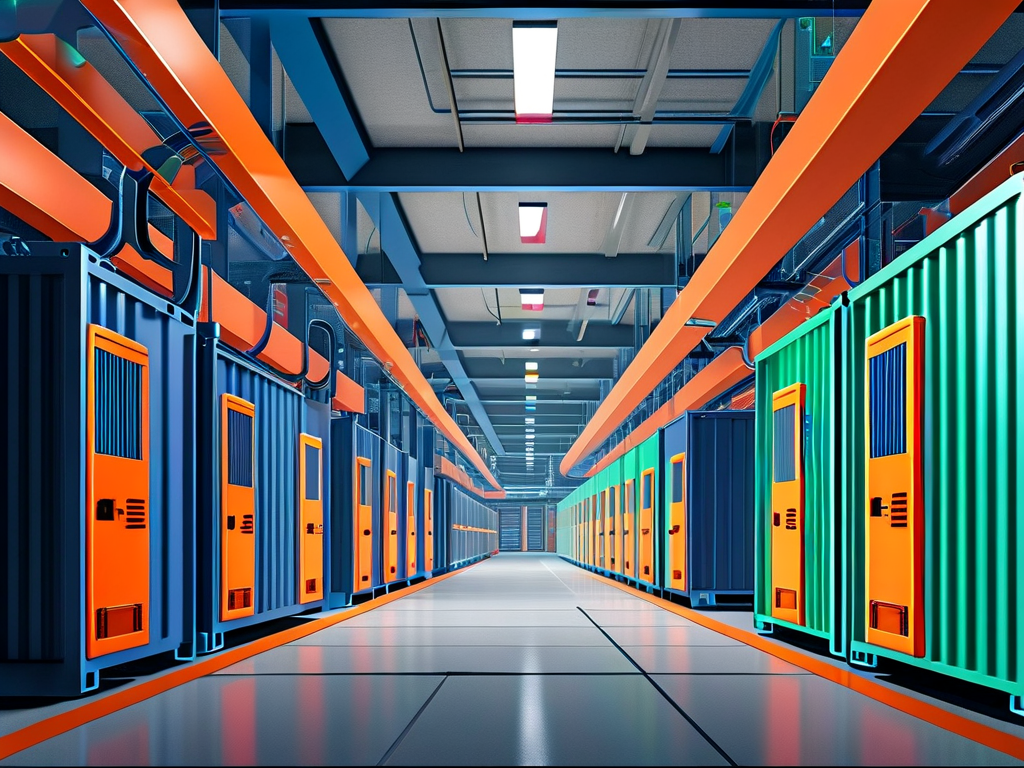The journey of automated deployment represents one of the most transformative shifts in software development. While modern developers take tools like Jenkins or GitHub Actions for granted, the road to streamlined deployment began with rudimentary manual methods that shaped today's DevOps landscape.
Early Days: Manual Deployment Chaos
In the 1990s and early 2000s, deploying software required physical servers and hands-on configuration. Teams copied files via FTP, ran database scripts manually, and prayed nothing broke. A single typo in a configuration file could crash production systems overnight. System administrators juggled inconsistent environments—developers wrote code on Windows machines while servers ran Linux, leading to the infamous "works on my machine" dilemma.

Scripted Solutions: The First Wave of Automation
By the mid-2000s, scripting languages like Bash and Python brought relief. Engineers wrote custom scripts to replicate deployment steps, reducing human error. A typical script might package code, transfer files via SCP, and restart services. For example:
#!/bin/bash tar -czf app_v1.2.tar.gz /src scp app_v1.2.tar.gz user@prod-server:/opt ssh user@prod-server "systemctl restart apache2"
While better than manual work, these scripts were fragile. They lacked environment parity and failed to handle rollbacks gracefully.

Configuration Management Tools Enter the Stage
Tools like Puppet (2005) and Chef (2009) introduced declarative infrastructure management. Instead of scripting "how" to deploy, engineers defined "what" the system should look like. Ansible's YAML-based playbooks (2012) simplified this further:
- name: Deploy web app
hosts: webservers
tasks:
- copy:
src: /latest_build/
dest: /var/www/html
- service:
name: nginx
state: restarted
These tools standardized environments but still treated deployments as periodic events rather than continuous processes.
Containers and Immutable Infrastructure
Docker's rise in 2013 revolutionized deployment consistency. Containers encapsulated apps with dependencies, solving the "it works locally" problem. Kubernetes (2014) extended this by automating container orchestration. Suddenly, deployments became immutable—instead of patching live systems, teams replaced entire container instances.
CI/CD: The Modern Gold Standard
Continuous Integration and Delivery pipelines emerged as the culmination of earlier innovations. Platforms like Jenkins (2011) and GitLab CI (2011) automated testing and deployment triggers. A GitHub Actions workflow today might:
- Run tests on every pull request
- Build Docker images on merge to main
- Deploy to staging using Terraform
- Roll out to production via canary deployments
Future Horizons
The next frontier includes AI-driven deployment systems that predict failures and auto-rollback. GitOps, where infrastructure changes sync with git commits, is gaining traction. As serverless architectures mature, deployments may become abstracted entirely from developer workflows.
From manual file transfers to AI-optimized pipelines, automated deployment has not just accelerated software delivery—it has redefined how teams collaborate. What began as a fight against human error has evolved into a strategic advantage, enabling companies to deploy hundreds of times daily with military precision.









